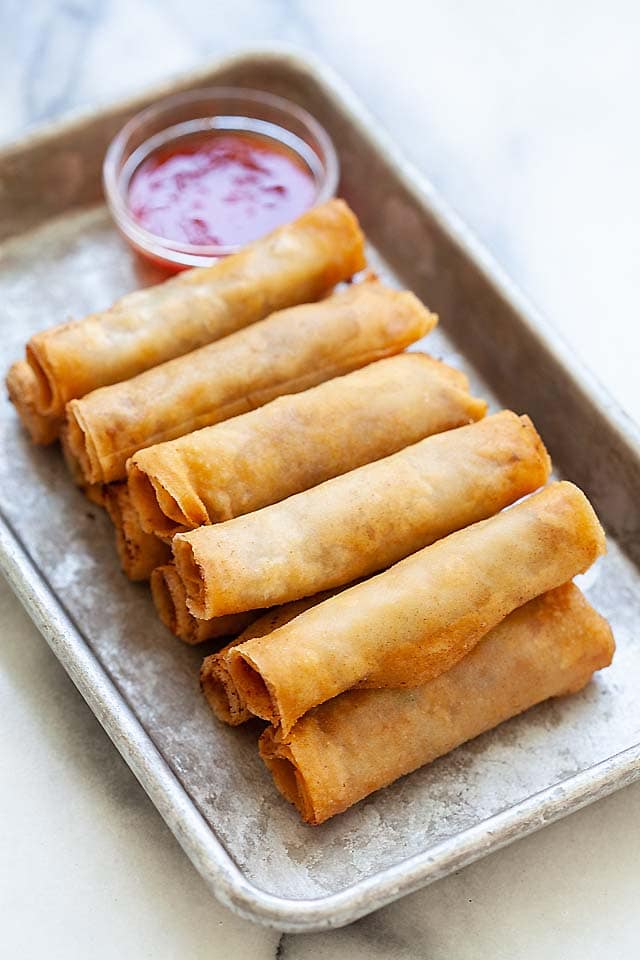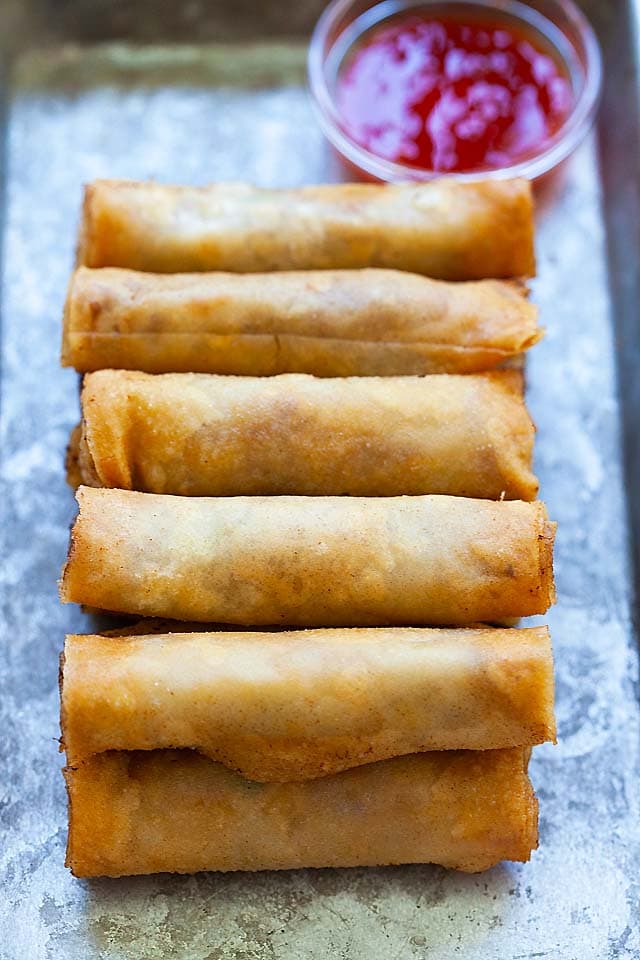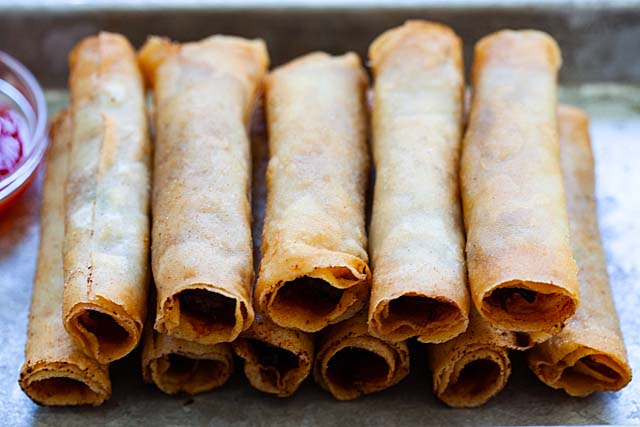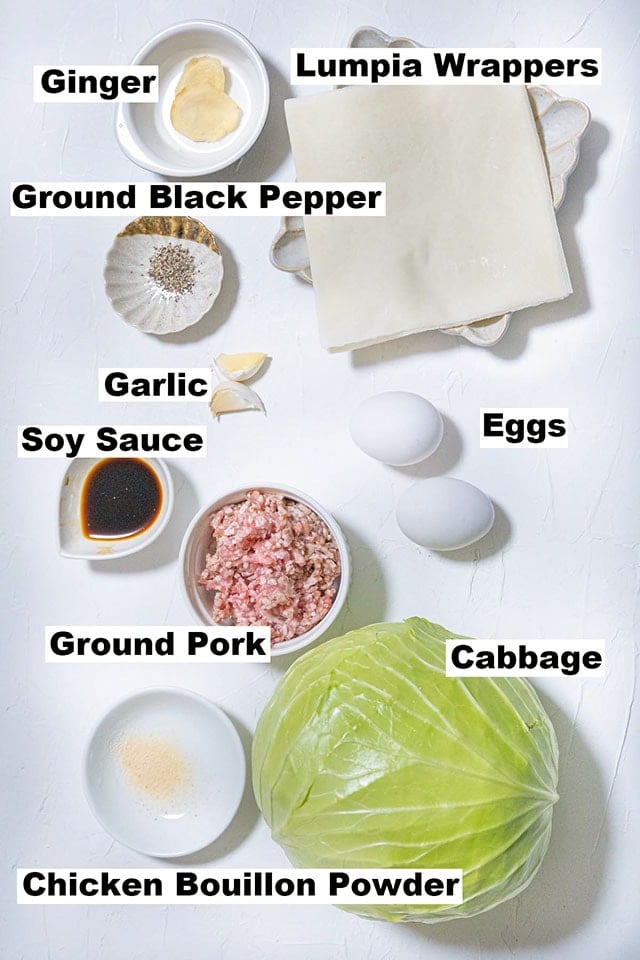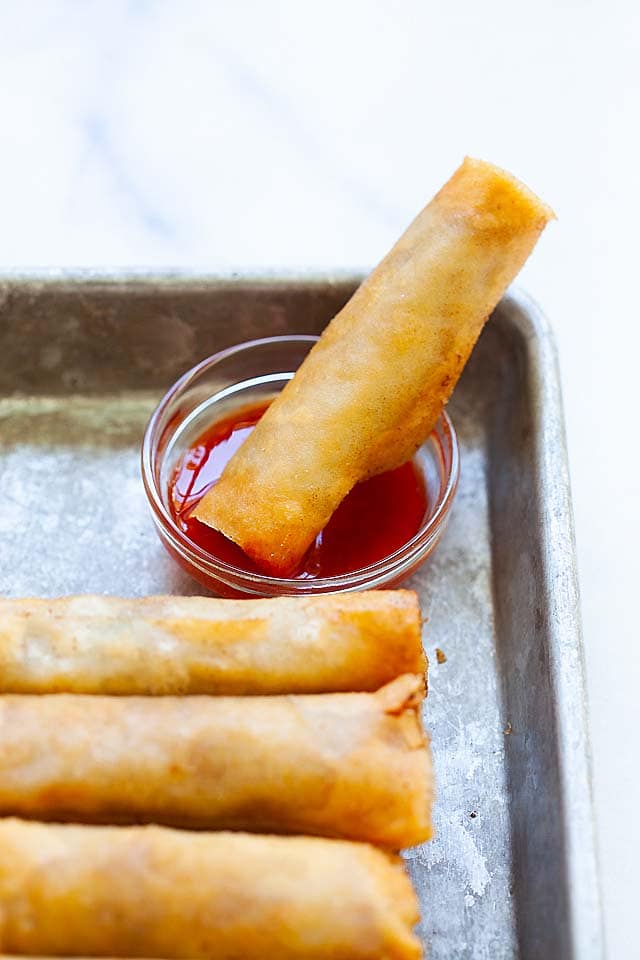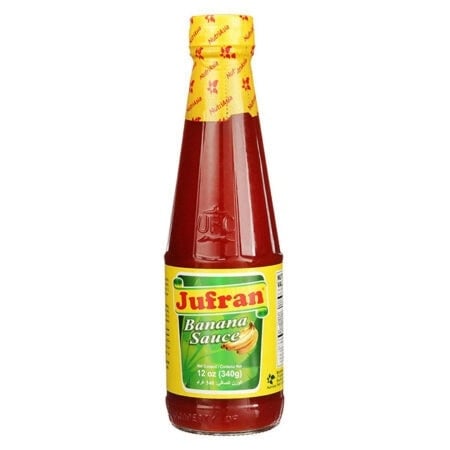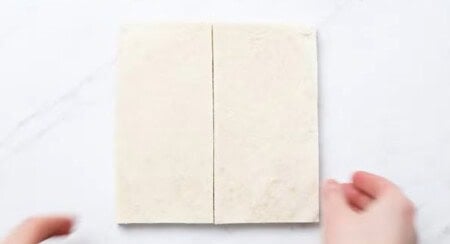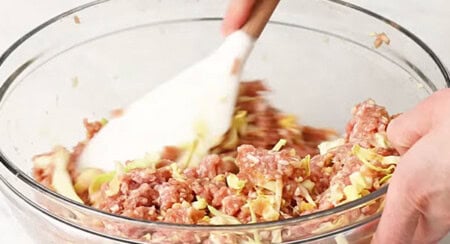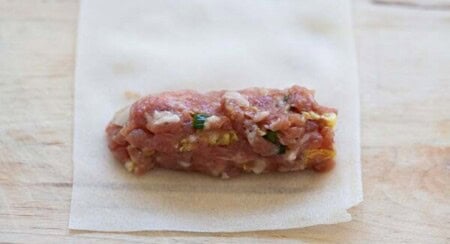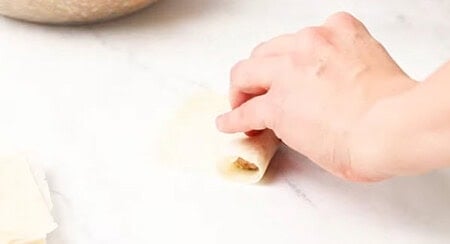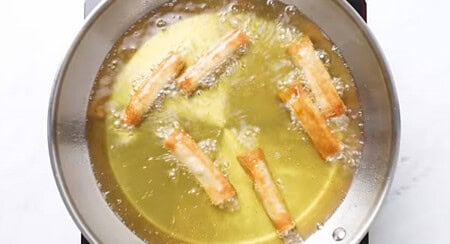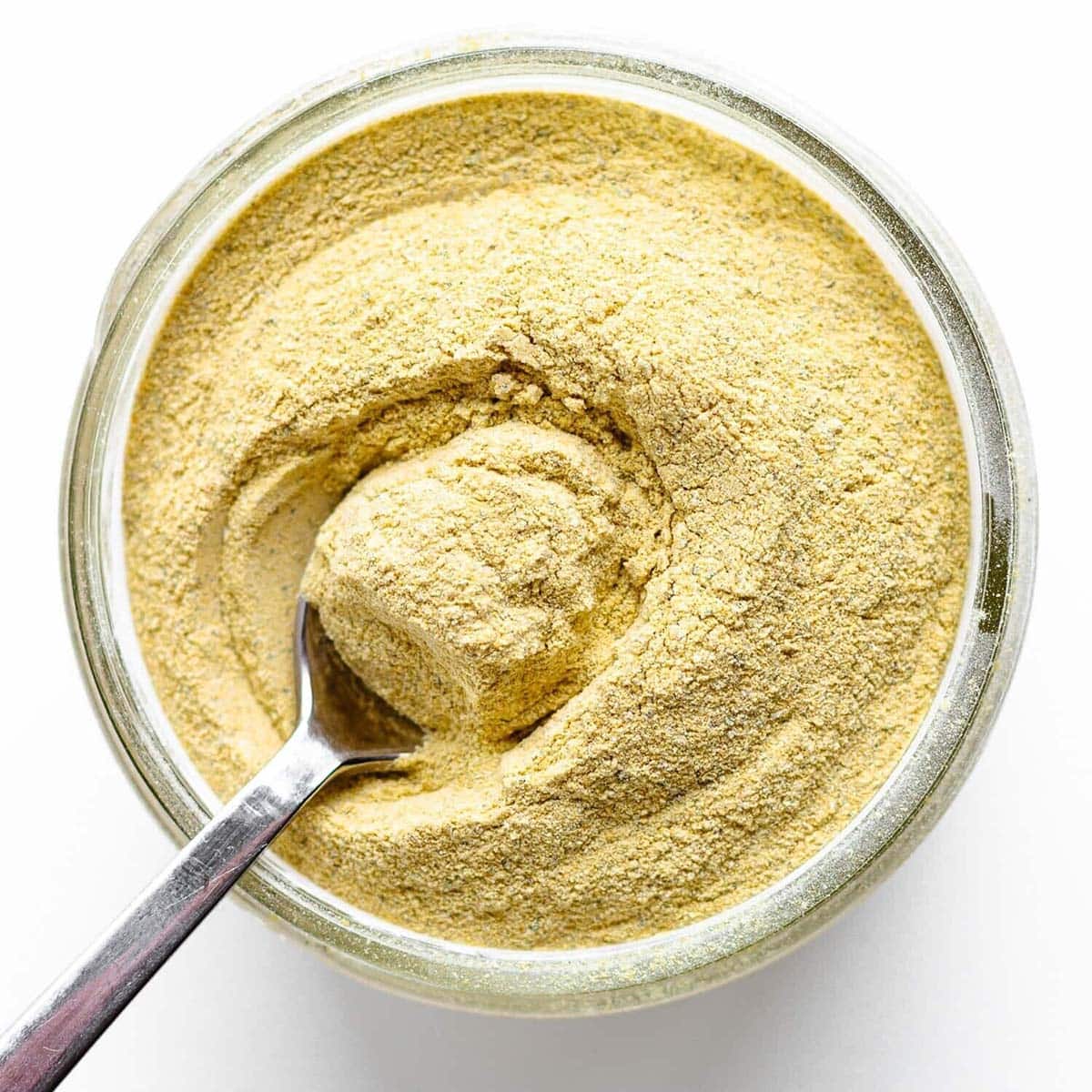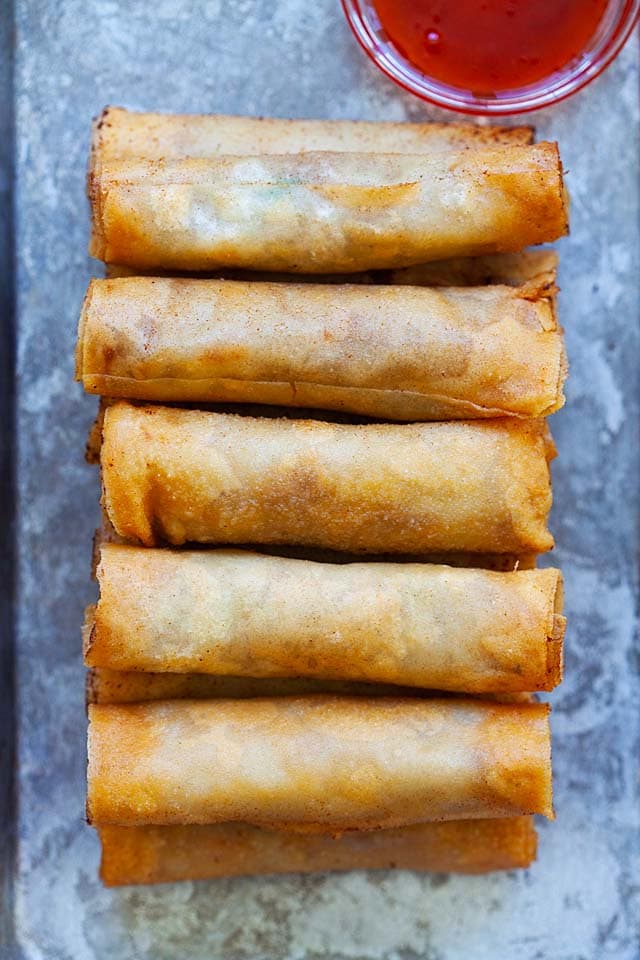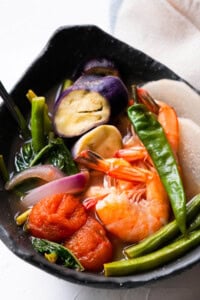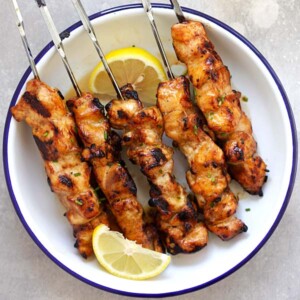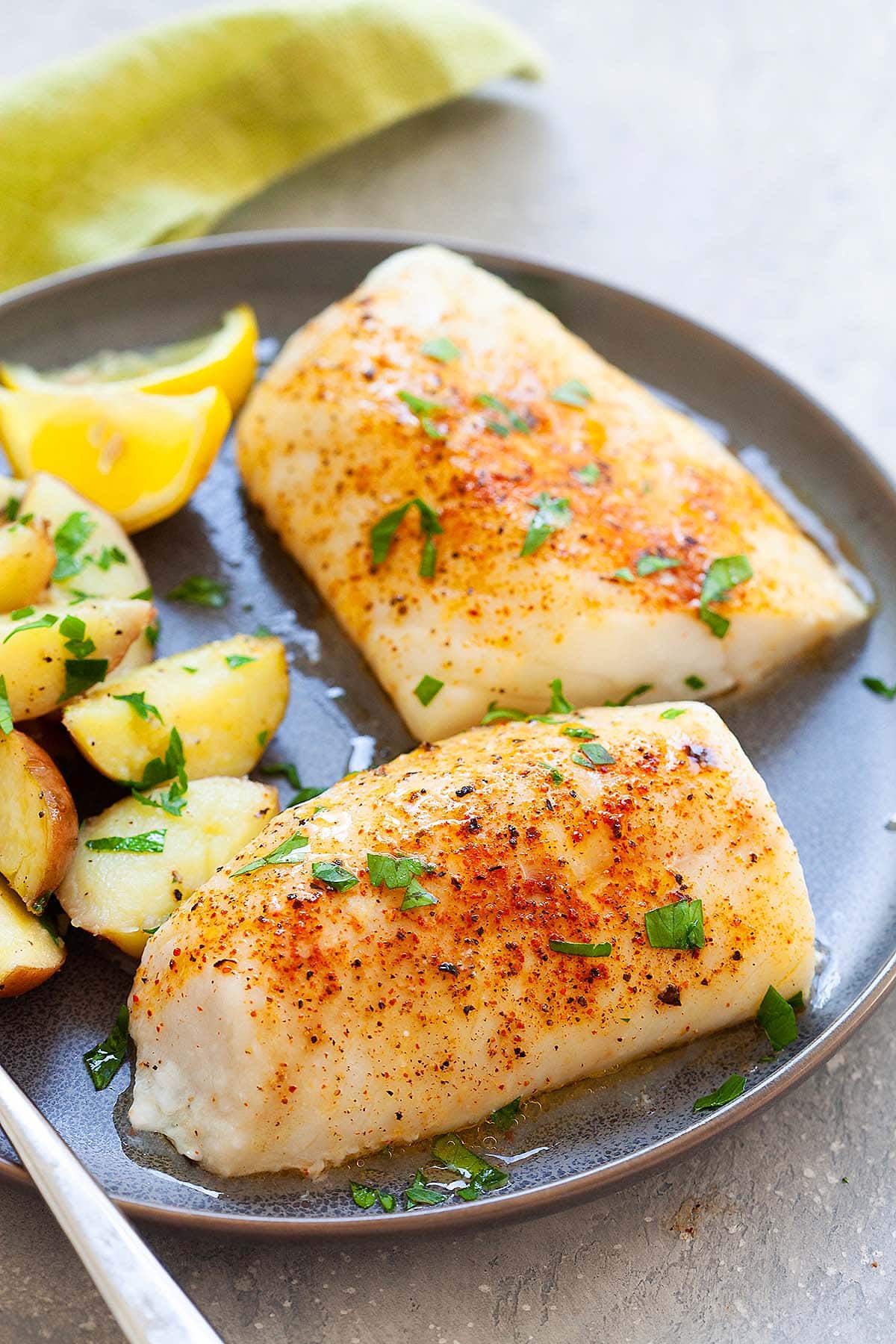Published Jun 04, 2024 Updated Nov 03, 2024 Aside from Vietnamese spring rolls, this authentic and easy pork lumpia recipe is one of the simplest appetizers you can make quickly. It requires only four main ingredients, seasoned with soy sauce and ground black pepper. Why is this the ultimate recipe? Because it was developed by Marvin Gapultos, a best-selling native Filipino cookbook author. Plus, it’s fail-proof, beginner-friendly, and guaranteed to be a crowd favorite. With over 300 glowing reviews, this is the go-to recipe to try at home! The protein for the filling can vary from pork, chicken, beef, shrimp, or even tofu, although it’s usually pork. Vegetables like carrots, cabbage, and green onions are also commonly added for texture, flavor, and nutrition. Like most Filipino dishes, it is heavily influenced by Chinese cuisine, particularly the Chinese spring roll or egg roll. Hence, why it’s also called lumpiang Shanghai. They aren’t exactly the same, but they share similar ingredients, rolling techniques, and cooking methods. Another iconic Filipino dish you need to try is shrimp sinigang! From the name itself, fresh lumpia is not cooked and is usually served cold with a sweet peanut sauce. It’s usually filled with vegetables like bean sprouts, carrots, and cabbage, and sometimes includes shrimp or tofu. It’s a generally healthier option compared to fried ones, so it’s commonly eaten like a salad or as a light snack. It’s similar to these Summer Rolls, Vietnamese Fresh Spring Rolls or Malaysian Fresh Spring Rolls Popiah. On the other hand, fried lumpia is the more popular Filipino spring roll made by deep-frying the filled wrapper until it turns crispy and golden brown. It’s usually served as an appetizer or as a main dish, served with steamed rice or fried noodles (pansit) and a side of dipping sauce. During special occasions and big celebrations, Filipinos almost always opt for a bilao (big plate) of fried spring rolls. Because let’s be real, who can resist that crispy and crunchy goodness? Here are some of the specific types of lumpia you can find in the Philippines:
lumpiang sariwa means “fresh” lumpia. It’s commonly filled with veggies and meat using a thin crepe-like wrapper made with eggs and flour. lumpiang hubad directly translates to “naked” lumpia. It’s made without any wrapper, so it’s basically just the filling itself. lumpiang ubod is another type of fresh spring roll. But it uses a specific filling called ubod or heart of palm (from the core of palm trees). lumpiang shanghai or prito is the most common one and it’s the one we’re making in this recipe. lumpiang togue is a fried lumpia that has bean sprouts as its main filling. Compared to lumpiang shanghai, it’s larger and usually served with a garlic-vinegar dipping sauce.
This sauce is my personal favorite because its sweet and tangy flavors contrast perfectly with the crispy, savory lumpia rolls. I also love using it with other dishes like stir-fries, fried dumplings, and grilled meats. Another staple dip in every Filipino household is banana ketchup. Unlike tomato ketchup, it’s made from mashed bananas, sugar, vinegar, and spices, so it’s sweet and tangy with a hint of spice. You can get different variations of banana ketchup in any Asian market, but the most popular brands are Jufran and UFC. They are perfect as a dipping sauce for fried spring rolls. Can’t find banana sauce or sweet and sour sauce? Serve with other dipping sauce like Thai sweet chili sauce or plain soy sauce with fresh calamansi for added flavors! And let me tell you, these little homemade Filipino spring rolls are addicting! It’s so easy to pop one after another into your mouth without even realizing how many you’ve eaten. But who’s counting, right? Here’s how you can make the best lumpia recipe at home: Chicken bouillon powder is a popular seasoning used to enhance the taste of dishes. It is essentially a dehydrated broth made from real chicken meat and bones, so it tastes way better than MSG (although some brands add MSG to their formulation). Shopping Tip: I recommend Knorr brand chicken bouillon powder, especially the no-MSG version. I love adding this powder to my cooking because it adds a depth of flavor that is hard to achieve with just salt. Don’t skip this secret ingredient if you want your lumpia to have that extra oomph!
Thaw lumpia wrappers properly to prevent tearing and keep them moist by covering them with a damp cloth. Chop the cabbage finely and mix evenly with the ground pork. Practice wrapping with a small amount of filling, sealing edges with beaten egg to prevent unraveling. Fry lumpia in batches on medium-high heat or bake in the oven for a healthier option at 400°F (200°C). Use an air fryer for extra crispy and non-oily lumpiang Shanghai. Freeze uncooked lumpia in a single layer before storing in freezer bags; reheat in an oven or air fryer to maintain crispiness.
I hope you enjoy this post as much as I do. If you try my recipe, please leave a comment and consider giving it a 5-star rating. For more easy and delicious recipes, explore my Recipe Index, and stay updated by subscribing to my newsletter and following me on Facebook, Pinterest, and Instagram for new updates.

